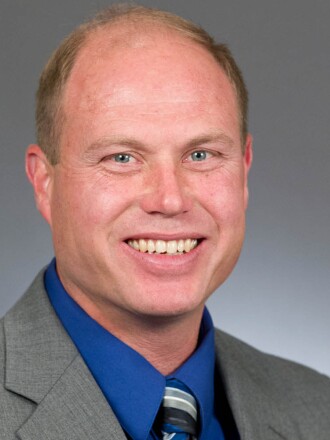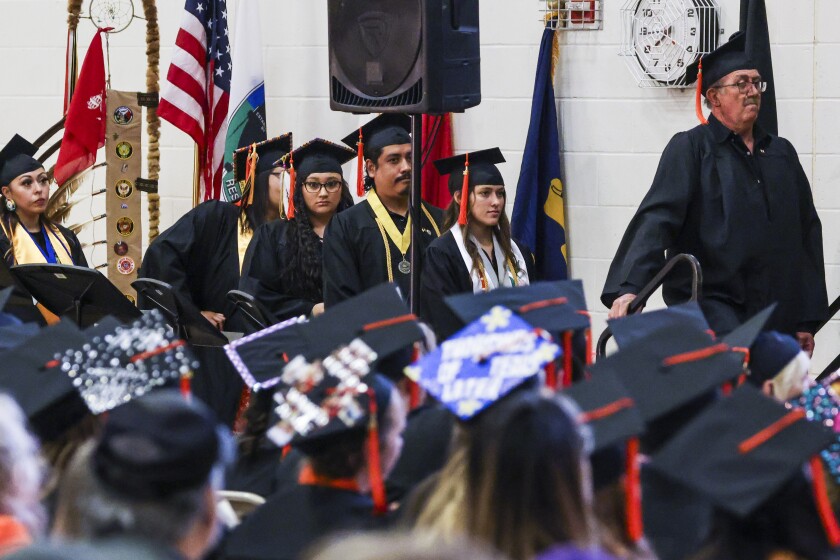ST. PAUL — Members of the Minnesota Senate on Wednesday, May 10, approved a $4.2 billion higher education package that includes free public college tuition for students from families earning less than $80,000 a year.
Students from qualifying families would receive full financial assistance following any grants or aid to attend any of the University of Minnesota’s five campuses or one of the state colleges and universities.
ADVERTISEMENT
Democratic-Farmer-Labor lawmakers say free tuition will help turn around declining enrollment at state colleges and universities, address racial disparities in higher education, and build a skilled workforce.

“Minnesota we will be leading the way and saying that we will support all of our students,” said bill sponsor Sen. Omar Fateh, DFL-Minneapolis, who said recent budgets didn’t do enough to help drive enrollment. “It was not centered around student needs, and when it’s not centered around student needs, the schools fail.”
Minnesota public higher education has seen a 23% drop in enrollment since 2013 and institutions could face significant budget troubles in coming years if the trend continues. Tuition has also become more expensive.
The $4.2 billion higher education package increases funding for state colleges and universities and the University of Minnesota by $650 million over the next two years. It also enacts a two-year tuition freeze at Minnesota State Colleges and Universities.
Free college under “North Star Promise” program would cost the state $117 million over the next two years, according to House and Senate fiscal analysis. In subsequent years, it would cost nearly $50 million per year.
The free college grant program would cover the full cost of tuition and fees at state colleges for students attending public and tribal institutions.
House and Senate lawmakers agreed on a joint education package in conference committee earlier this week. The measure passed the Senate 34-30 on a mostly party-line vote. House lawmakers approved the bill Tuesday.
ADVERTISEMENT
The next step for the bill is for Gov. Tim Walz to sign it into law.
Some Republican critics said the income threshold might run the risk of disincentivizing families from earning more and undermining existing private and charitable options to pay for college.
“We’re investing a lot of money to help approximately 15,000 students,” said Sen. Jason Rarick, R-Pine City, the top Republican on the Senate higher education committee. “Unfortunately, some of these same students we’re targeting with this bill, there are all kinds of private foundations and groups and scholarships that are out there helping them.”

In its original proposed form, the free tuition bill had a bigger starting cost of $315 million and would have had an income cutoff of $120,000. An estimated 58,000 would have been eligible for the aid. Fateh said he hopes the program will expand to all students in the future.
In early committee hearings, Rarick raised concerns that more tuition assistance could drive up education costs and questioned whether the free tuition program would end up supplanting existing programs such as the public-private partnership at Pine Technical and Community College, located in his district.
Besides the free tuition program and general higher ed funding boosts, the bill also provides millions in funding for other programs, including the establishment of a new University of Minnesota medical school in St. Cloud, something Sen. Aric Putnam, DFL-St. Cloud, said would be key in addressing a shortage of doctors in rural Greater Minnesota.
Follow Alex Derosier on Twitter or email aderosier@forumcomm.com .
ADVERTISEMENT

















